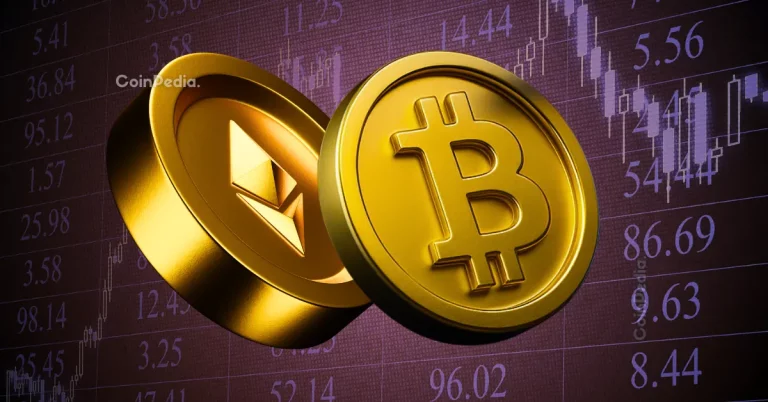
The Evolution of E-commerce by 2025: Future Trends and Innovations
The Evolution of E-commerce by 2025 is an exciting topic, as the e-commerce industry is rapidly evolving, with new technologies and innovations changing the way we shop online. By 2025, e-commerce is expected to become even more sophisticated, with the use of artificial intelligence, virtual reality, and blockchain technology.
Introduction to E-commerce
E-commerce, also known as electronic commerce, refers to the buying and selling of goods and services over the internet. The e-commerce industry has grown significantly over the past few decades, with more and more people turning to online shopping for its convenience, flexibility, and affordability.
Today, e-commerce is a global phenomenon, with millions of people around the world shopping online every day. The rise of e-commerce has also led to the growth of new technologies and innovations, such as digital payments, social media marketing, and online marketplaces.
Current State of E-commerce
The current state of e-commerce is characterized by the use of digital payments, online marketplaces, and social media marketing. Digital payments, such as credit cards, PayPal, and mobile wallets, have made it easier for people to shop online, while online marketplaces, such as Amazon and eBay, have provided a platform for businesses to sell their products to a wider audience.
Social media marketing has also become an important tool for e-commerce businesses, allowing them to reach a larger audience and promote their products more effectively. However, the current state of e-commerce also has its challenges, such as online security concerns, logistical issues, and competition from traditional brick-and-mortar stores.
Future of E-commerce by 2025
By 2025, the e-commerce industry is expected to undergo significant changes, with the use of artificial intelligence, virtual reality, and blockchain technology becoming more widespread. Artificial intelligence will be used to personalize the online shopping experience, while virtual reality will allow customers to experience products in a more immersive and interactive way.
Blockchain technology will be used to improve online security and transparency, while also enabling the use of cryptocurrency and other digital currencies. The use of these technologies will also lead to the growth of new business models, such as subscription-based services and online marketplaces for second-hand goods.
Key Trends and Innovations
Some of the key trends and innovations that will shape the future of e-commerce by 2025 include:
- Artificial intelligence and machine learning
- Virtual and augmented reality
- Blockchain technology and cryptocurrency
- Digital payments and online wallets
- Social media marketing and influencer marketing
- Online marketplaces and e-commerce platforms
- Subscription-based services and second-hand marketplaces
Conclusion
In conclusion, the evolution of e-commerce by 2025 will be shaped by the use of new technologies and innovations, such as artificial intelligence, virtual reality, and blockchain technology. These technologies will enable businesses to provide a more personalized and immersive online shopping experience, while also improving online security and transparency.
As the e-commerce industry continues to grow and evolve, it is essential for businesses to stay ahead of the curve and adapt to the changing trends and innovations. By doing so, they can provide their customers with a better online shopping experience and stay competitive in the market.




